Introduction
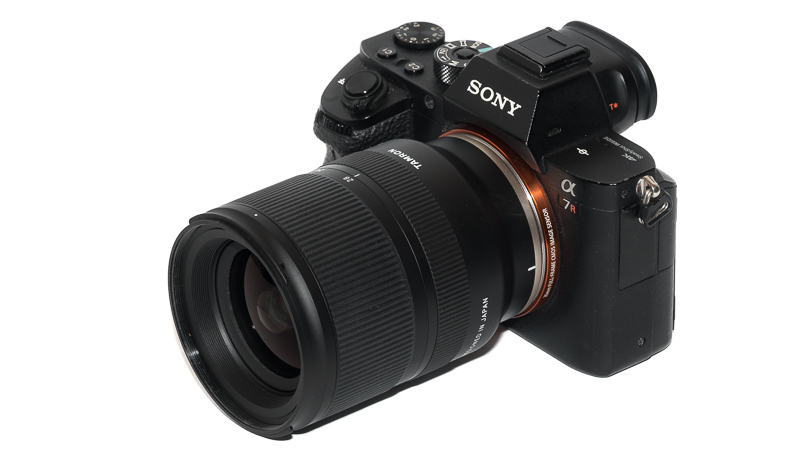
Tamron’s first E-mount lens was the 28-75mm 2.8. Compared to the 24-70mm 2.8 lenses Tamron decided to give up a bit of zoom range to realize an affordable and compact yet fast standard zoom.
This 17-28mm 2.8 shares these qualities on paper, so let us see if the optical performance can keep up with our expectations.
Last update 07/25/19: Sharpness Close, Focus Shift, Alternatives, Pro/Con table added
Sample Images
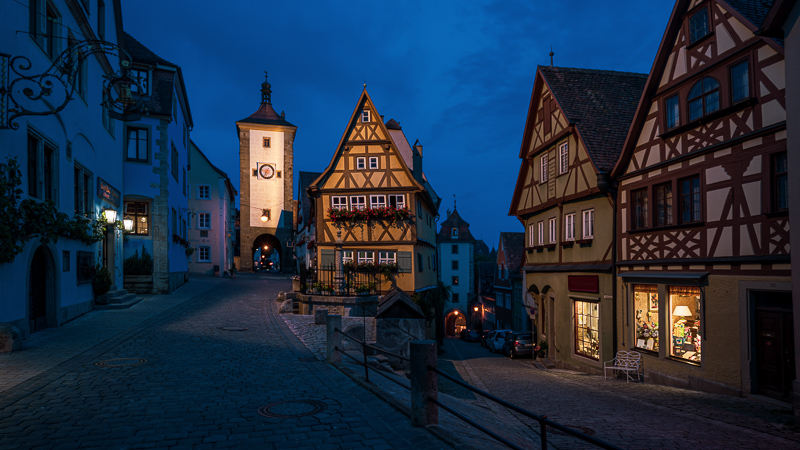
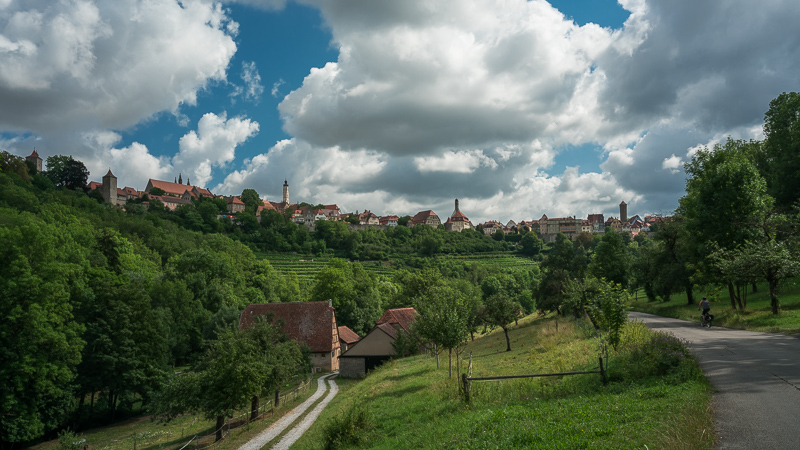
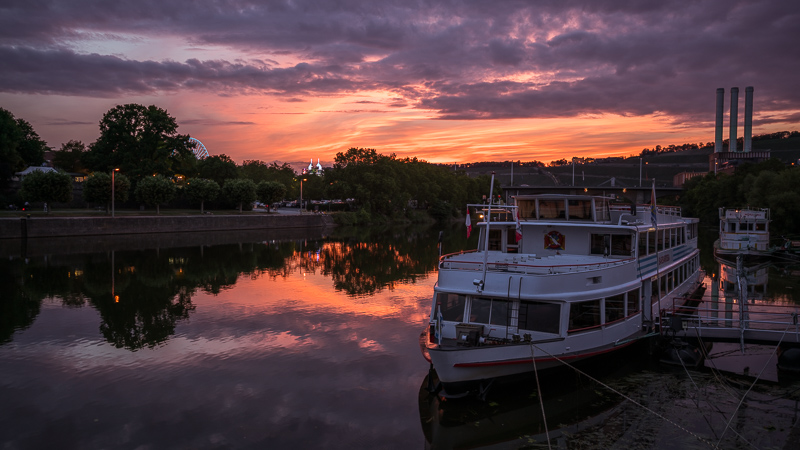
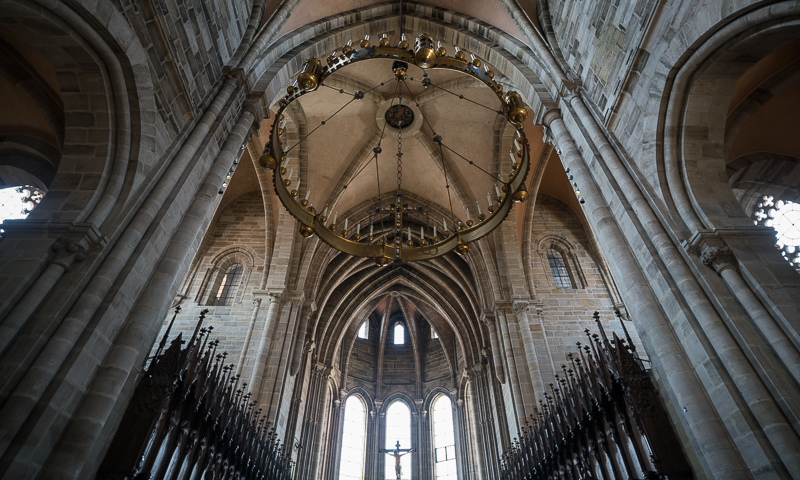
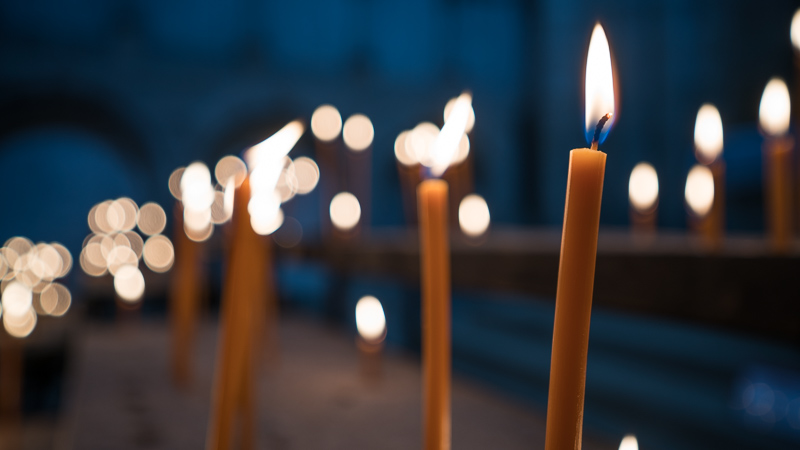
You can find most of the shots in this review in full resolution here.
Contents
Specification
I am reviewing the final production model here which has the following specifications:
- Diameter: 73mm
- Field of view: 75° to 104° (diagonally)
- Length: 99mm
- Weight: 420g
- Filter Diameter: 67mm
- Number of Aperture Blades: 9 (slightly rounded)
- Elements/Groups: 13/11
- Close Focusing Distance: 0.19m (17mm) – 0.26m (28mm)
- Maximum Magnification: ~1:5.2 (17mm) – 1:6.0 (28mm)
- Mount: E-mount
The lens is now available from amazon.com | amazon.de | ebay.com and B&H (affiliate links) and the price is $899/999€.
Disclosure
The Tamron 17-28mm f/2.8 Di III RXD was kindly provided free of charge by Tamron Germany for reviewing purpose for a duration of 4 weeks.
Handling / Build Quality
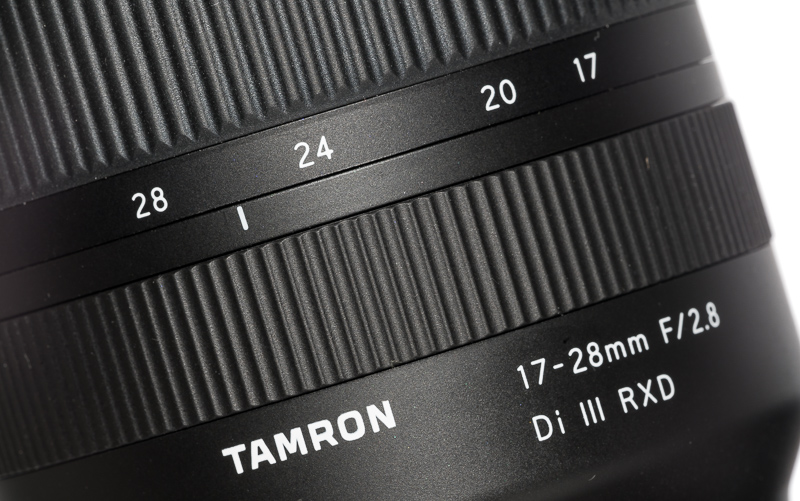
Keeping in mind the low weight and reasonable price tag you should neither expect an all metal construction nor as fancy polycarbonate that is used for the GM lenses.
This does not mean the build quality is bad, we can even see a little improvement over the Tamron 28-75mm 2.8 that had some unsightly seams in the casing not to be found here.
The arrangement of the focus ring (close to camera) and zoom ring (front) is similar to that of the Tamron 28-75mm 2.8. The zoom ring (~80° from 17mm to 28mm) is a bit stiff, so it is hard to move with only one finger, if that is something you are looking for.
The focus coupling is of the non linear type, unfortunately.
The lens is not only very light but also reasonably small:
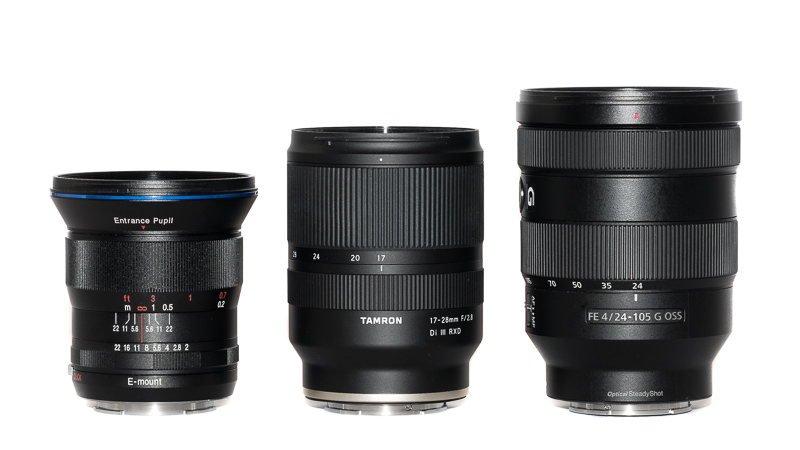
Tamron includes a plasticky hood that can be mounted reversed for transport. There is neither a focus hold button nor an AF/MF switch to be found on the lens.
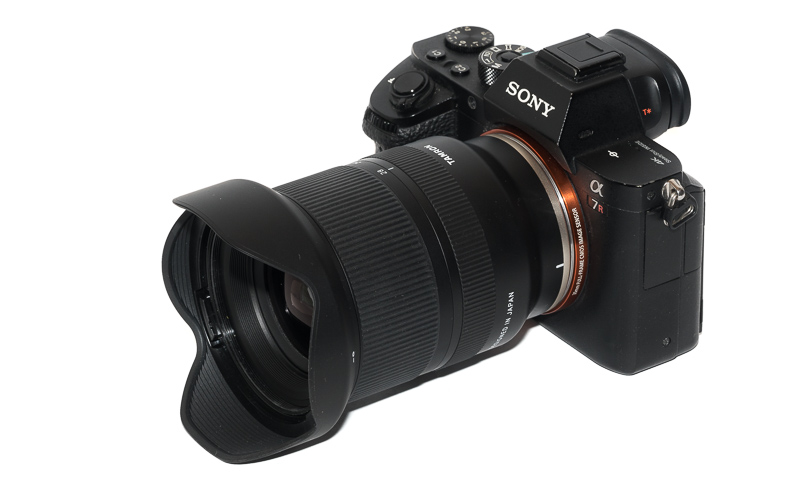
To my utmost surprise the lens works well with the small NiSi 75mm M1 filter system at 17mm. Only at very few rotation angles of the square filter holder you will be able to see parts of the holder in the corners of the frame and only so at 17mm.
I expect it to also work with the Lee Seven 5 system (without polarizer attached).
Vignetting and colorcast
| 17mm | 21mm | 28mm | |
|---|---|---|---|
| f/2.8 | 2.80 | 2.30 | 2.10 |
| f/4.0 | 2.20 | 1.80 | 1.60 |
| f/5.6 | 2.00 | 1.70 | 1.40 |
| f/8.0 | 1.80 | 1.70 | 1.40 |
| f/11 | 1.80 | 1.60 | 1.40 |
With small ultra wide angle lenses in the past we have already seen that vignetting figures are pretty high and won’t improve that much on stopping down, this is also the case here.
Vignetting is strongest at the wide end but it is quite comparable to the Zeiss Batis 18mm 2.8 actually.
Also similar to the Voigtlander or Laowa UWA prime lenses this lens showed some green color cast in the corners which is more of an issue on the wide end.

The visibility depends highly on the subject and is more pronounced with very bright backgrounds. This is a real world shot where it can be seen:
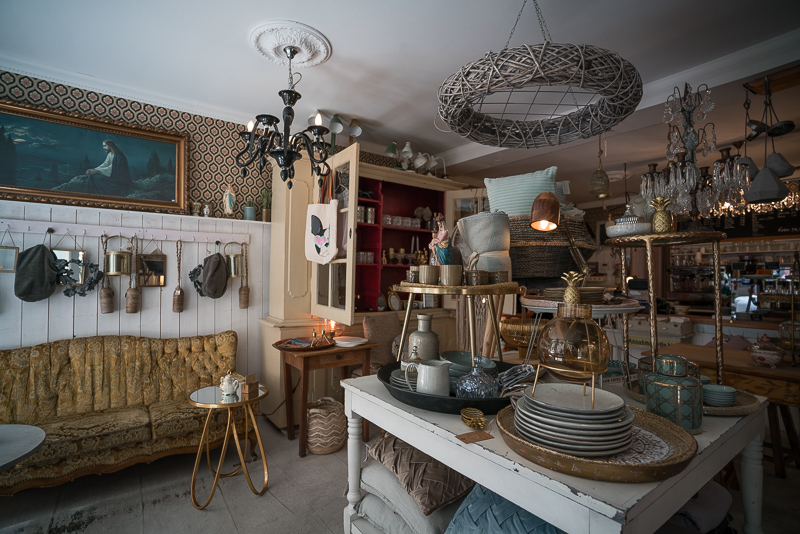
Sharpness
infinity

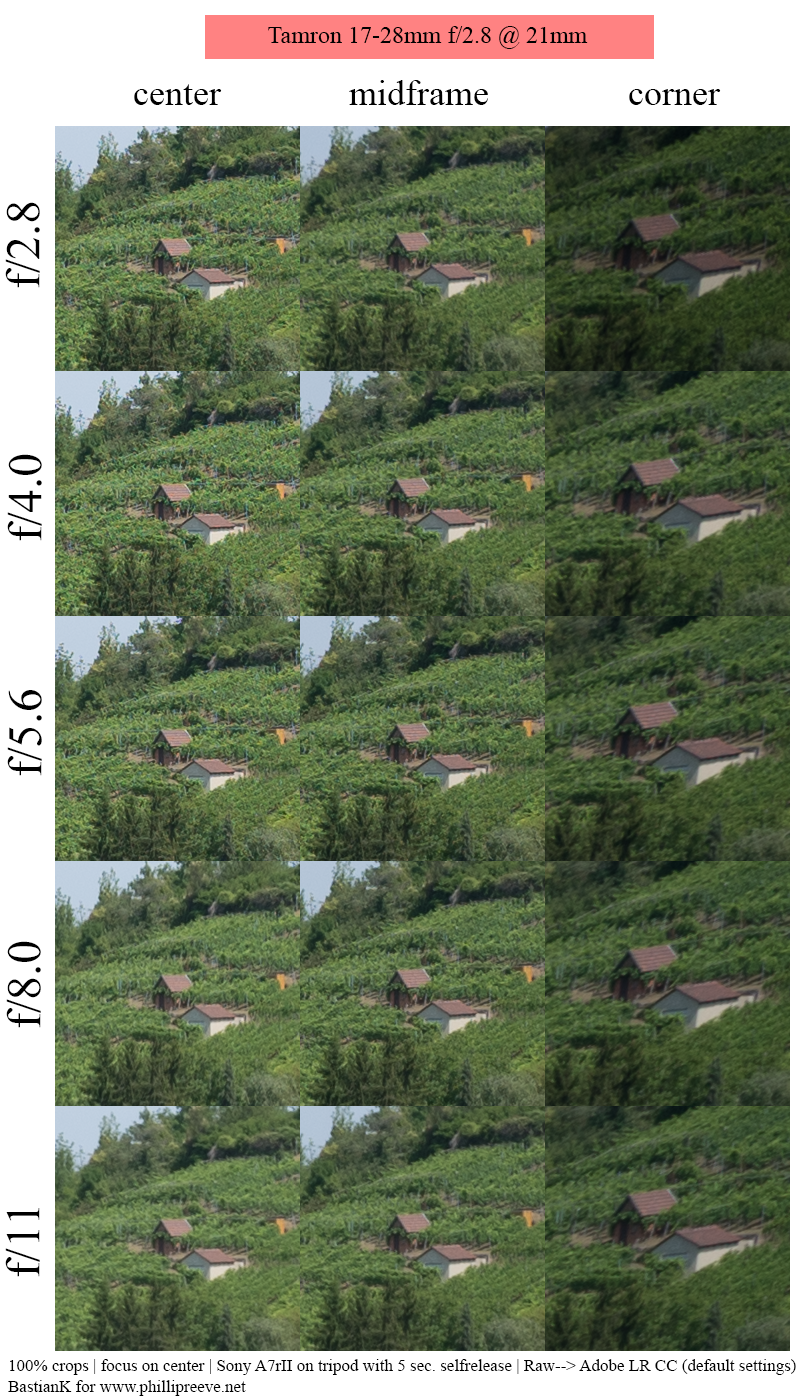
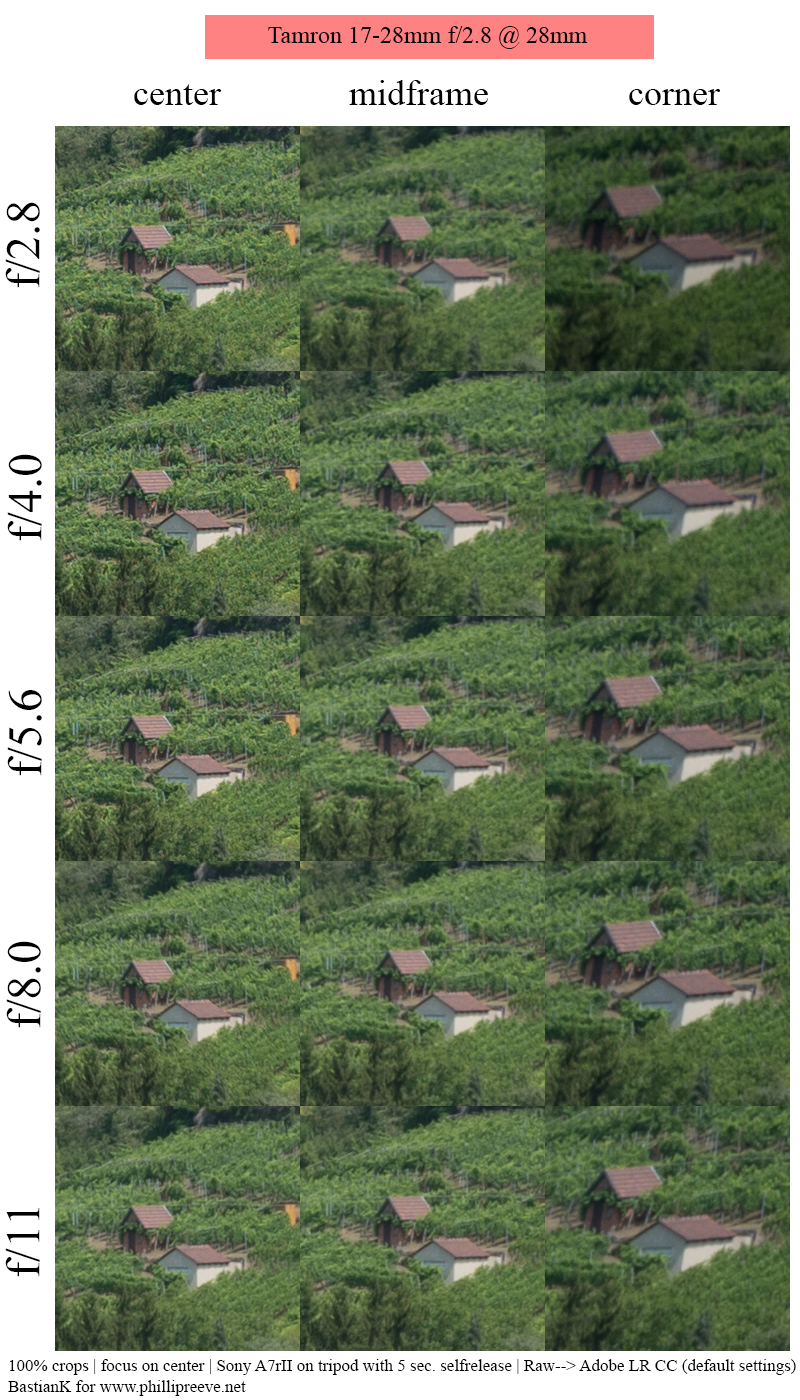
Like most ultra-wide-angle zooms the performance is best at the wide end (17mm) where there is only little fall off in the midframe and the corners are pretty decent from wide open.
When moving to the long end the corner sharpness is not as great anymore. This is partly due to field curvature but also coma and astigmatism play their role here.
In the field I mostly used this lens at f/8.0 to f/11 for architecture/landscape which certainly gave good enough results, but not prime-lens-like results, see next paragraph.
compared to Zeiss Loxia 21mm 2.8
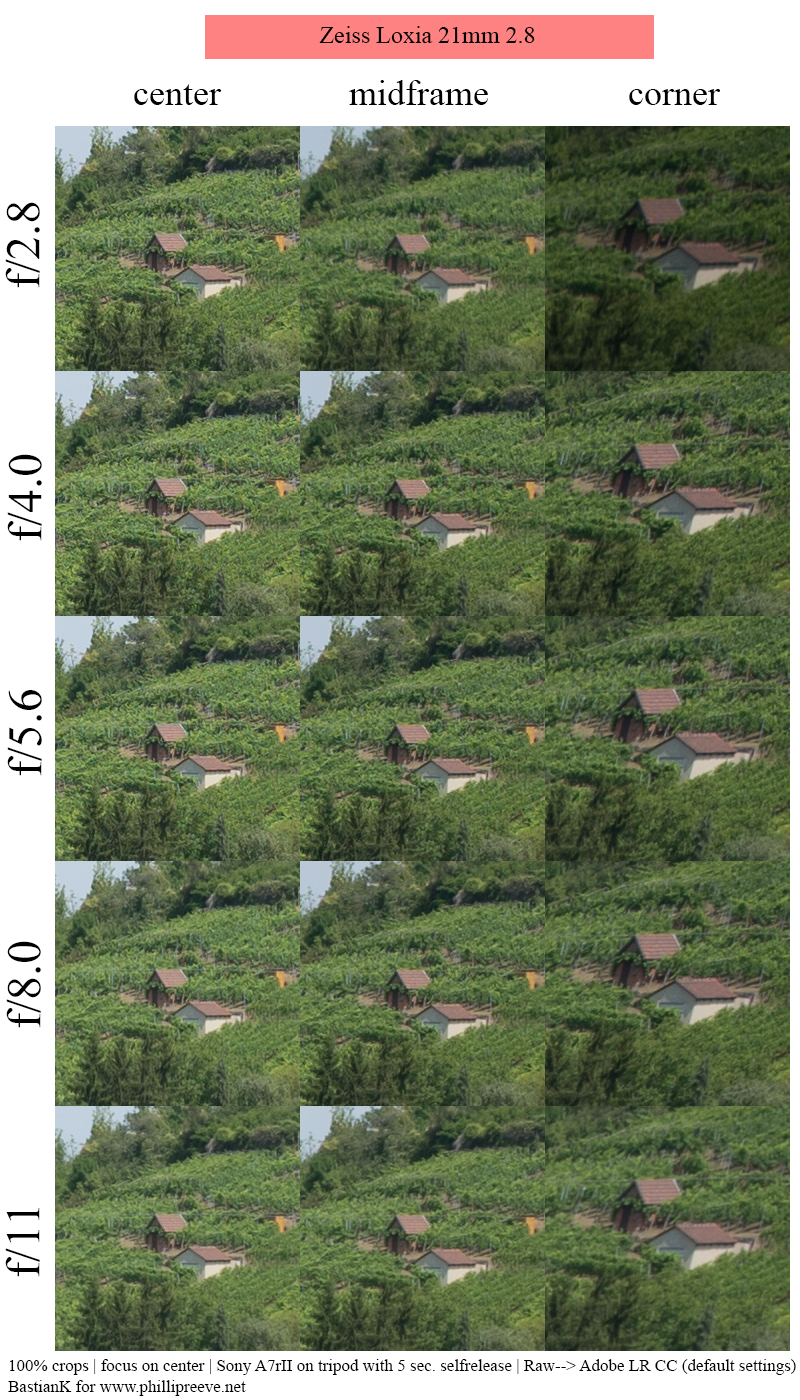
The Loxia is a little contrastier but apart from that there is little difference at f/2.8, especially as the Loxia also shows slight field curvature.
At f/4.0 the Zeiss pulls ahead in the corners where the Tamron can never reach its resolution.
Considering the Zeiss is a prime and even more expensive than this zoom this should not a big surprise, the Tamron shows a very respectable performance in this comparison.
close focus
17mm @ 0.19m
100% crops from center, A7rII, because of focus shift (see corresponding section) I refocused for every shot.
28mm @ 0.26m
100% crops from center, A7rII, because of focus shift (see corresponding section) I refocused for every shot.
This lens does focus very close on both ends of the zoom range. Interestingly it offers a slightly higher maximum magnification at the wide end (1:5.2) and image quality in the center wide open is also a bit better on the wide end.
Even across frame performance is pretty decent on stopping down, so placing your small subject in the midframe close to the thirds of the frame will also give good results.
Distortion
The lens shows very wavy barrel distortion at 17mm, a slight wavy pincushion distortion at 21mm and slightly wavy pincushion distortion at 28mm.
The lens comes with correction profiles so the camera can already correct the distorion. I am sure the next Lightroom update will include this lens as well.
Sunstars
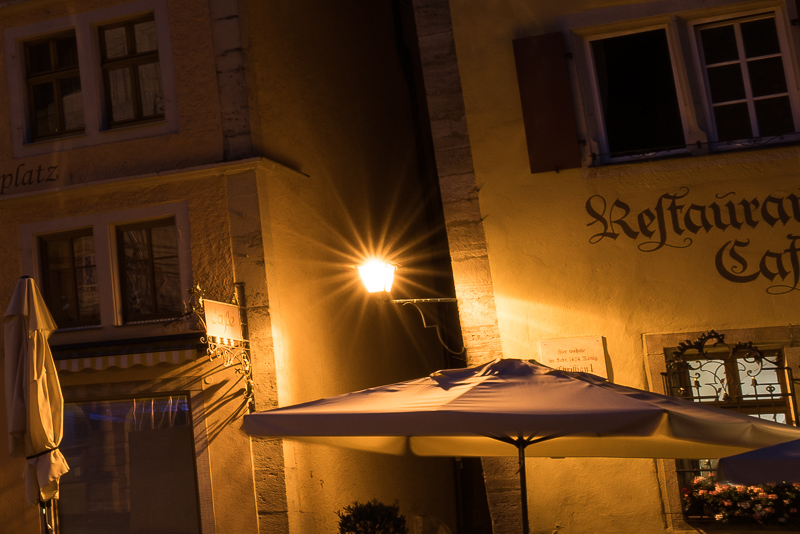
Due to 9 rounded aperture blades the sunstars are not very pronounced in the first place. If you manage to get one in your picture I would rate them as okay: length of the rays and distance to each other are not perfectly even but also not as distracting as we have seen with some of the earlier Sony FE lenses.
In general I found them to be rather unobstrusive in blue hour shooting, but as this is a highly subjective topic may have a look at this article to see which kind of sunstars you prefer.
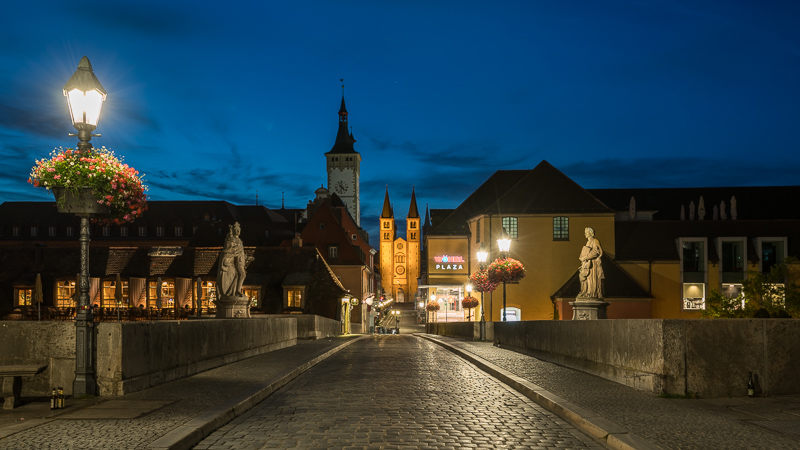
Coma correction
17mm
21mm
28mm
100% crops from extreme corner, A7rII
At the wide 17mm end (where it matters for astrophotography) the coma correction is quite decent from f/2.8, stopping down further is not necessary here as there is barely any improvement visible.
Similar to the situation in the sharpness section the performance gets worse towards the long end though. At 28mm it is probably a good idea to stop the lens down to f/5.6 if you have point light sources in the frame close to the corners and borders.
compared to Laowa 15mm 2.0
100% crops from extreme corner, A7rII
In this comparison you can see, that while also the Tamron 17-28mm 2.8 is not completely free of coma, it shows a very good performance at its wide end.
Bokeh

Thanks to the fast f/2.8 aperture people may want to use this lens for some shallow depth-of-field photography, especially at the long end.
Many ultra-wide-angle lenses (especially zoom lenses) struggle when it comes to the bokeh rendering and often have issues with outlining, double edged structures or onion rings and the Tamron 17-28mm 2.8 is unfortunately no exception to that rule.
Backgrounds often tend to appear a bit busy and can distract from your subject and onion ring structures are a constant problem. This was also mostly true for the Tamron 28-75mm 2.8.
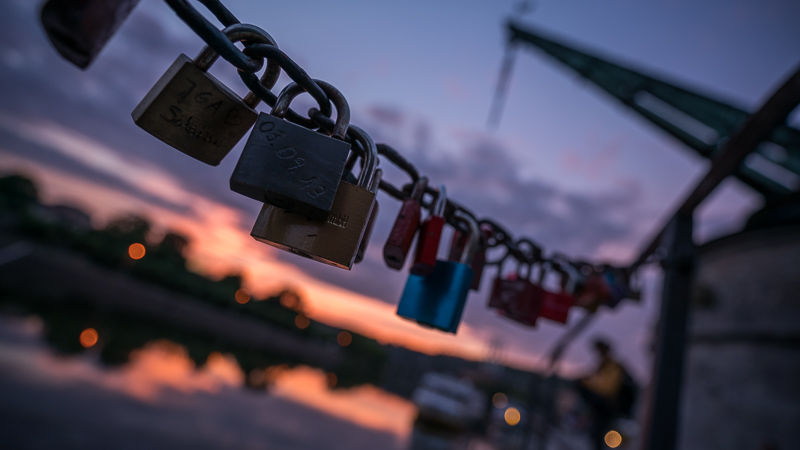
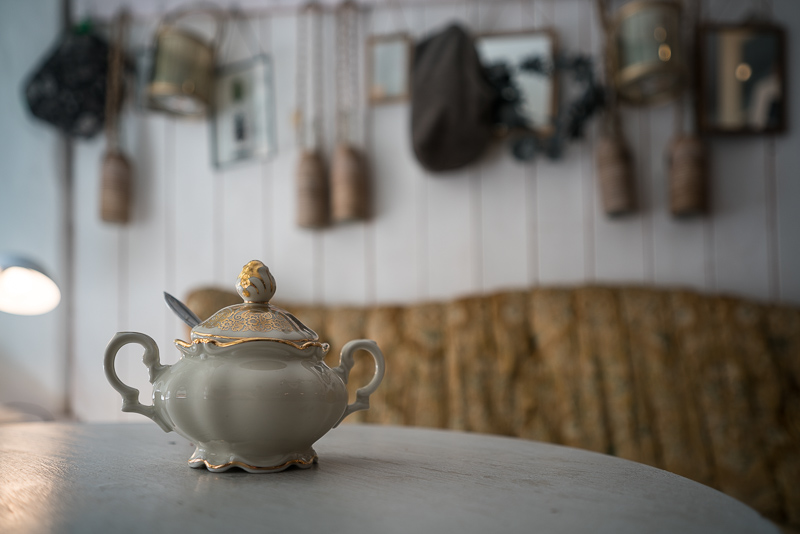
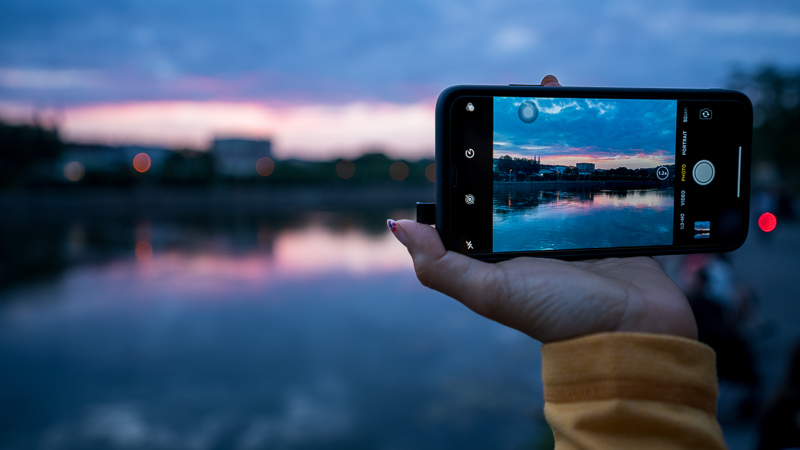
Flare resistance
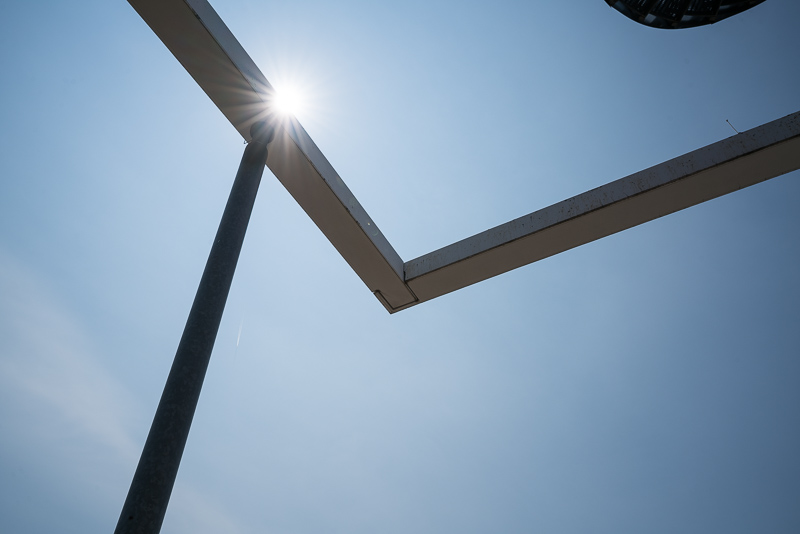
Flare resistance is very important for me in an ultra-wide-angle lens. You often have the sun inside or close to the frame and big ghosts can certainly ruin an otherwise nice shot.
To my surprise this lens showed the best performance of any ultra-wide-angle zoom I had a close look at so far. It seems to be almost impossible to catch ghosts or other artifacts.
Even if you place the sun in the corner of the frame (where many lenses struggle) this is not a problem for this Tamron 17-28mm 2.8:
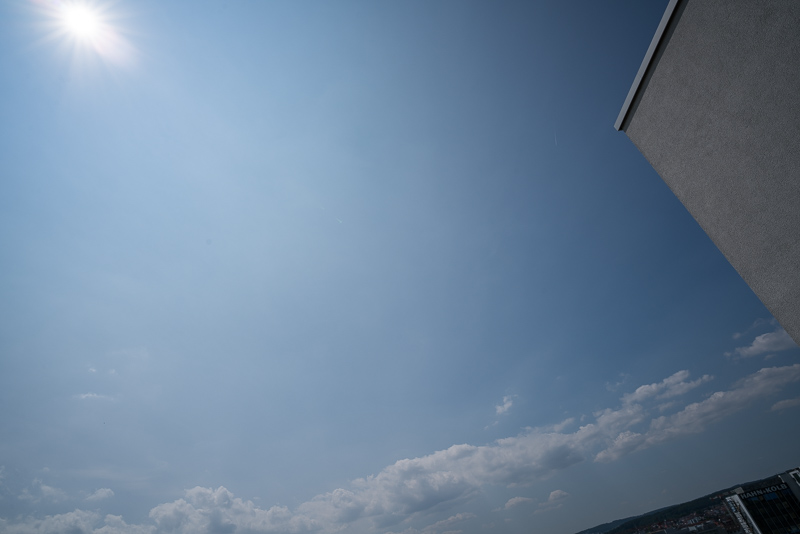
Chromatic aberrations
lateral
Sony A7rII | Tamron 17-28mm 2.8 Di III RXD | 17mm | f/11 | CA 100% crop before/after extreme corner
The lateral CA are strongest at the wide end, they can still be corrected pretty easily in post with one click or in camera.
longitudinal
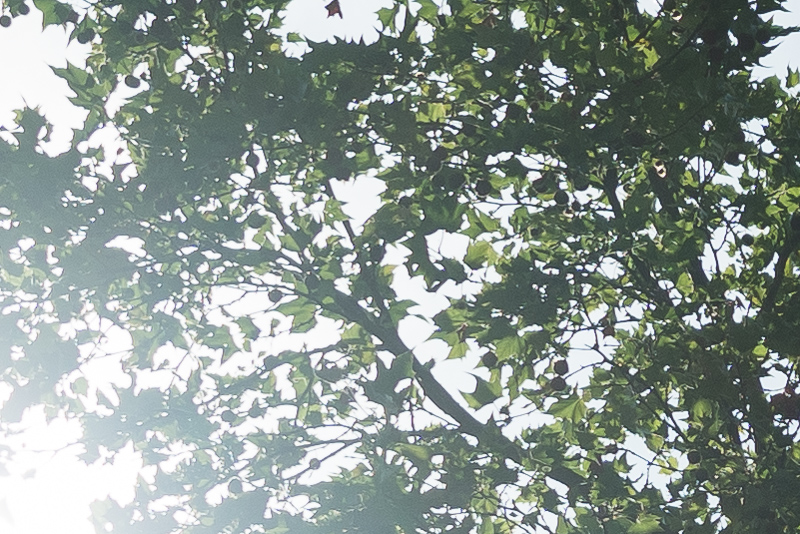
Longitudinal CA (loCA) are very well corrected and therefore nothing to worry about.
Focus shift
50% crops, 28mm, A7rII
At the minimum focus distance (I checked for 17mm and 28mm) the lens shows a bit of a focus shift. Usually people will use this lens with working aperture, where this is absolutely meaningless. Only if you set your focus manually and then stop down afterwards this is something to be aware of.
Alternatives
Zeiss Batis 18mm 2.8:
The Zeiss Batis 18mm 2.8 is a highly capable AF lens which is slightly bigger but also 90g lighter. Optically it should be better than this zoom lens set to 17mm, but the differences are so small I would have to do a detailed side-by-side comparison to actually see and tell you more about them.
The Tamron 17-28mm 2.8 has a somehwat restricted zoom range and is also strongest at the wide end. So if you are also using a standard zoom, especially one that starts at 24mm, you may still prefer the Batis to save some weight, get even better performance or to share filters with your Sony FE 24-70mm 2.8 GM or Sony 24-105mm 4.0.
Used you should be able to get a Zeiss Batis 18mm 2.8 for roughly the same price as a new Tamron 17-28mm 2.8.
buy from amazon.com | amazon.de | B&H | ebay.com | ebay.de (affiliate links) for 1499$
Sony FE 16-35mm ZA OSS:
This is totally the Tamron 28-75mm 2.8 vs Sony 24-105mm 4.0 question again. Either you want f/2.8 or you want more range and OSS.
For steady subjects I prefer f/4.0 in combination with OSS over f/2.8 and IBIS. For shooting moving subjects this is of course a different story and I would prefer the faster maximum aperture.
The Tamron has the benefits of being more suited to landscape astrophotography and also showing a superior flare resistance. The Sony has a more useful range and across frame sharpness might also be a bit better at the long end.
Don’t ask me which of these two you should buy, it comes down to your own preferences. Both lenses will allow you to take perfectly fine pictures.
buy from amazon.com | amazon.de | B&H | ebay.com | ebay.de (affiliate links) for 1348$
Sony FE 16-35mm 2.8 GM:
Unfortunately none of us had the chance to review this one yet and there are only few trustworthy reviews to be found online.
It offers more range over the Tamron in both directions. It probably is better at the long end, especially in terms of bokeh and across frame sharpness. Flare resistance might be slightly better with the Tamron, but hard to tell without a direct comparison.
The GM costs more than twice as much as the Tamron. Is it worth the premium? Only you can decide for yourself, as this highly depends on how much you are willing to spend for an ultra wide angle zoom.
buy from amazon.com | amazon.de | B&H | ebay.com | ebay.de (affiliate links) for 2198$
Sony FE 12-24mm 4.0 G:
This Sony lens is a stop slower and the focal length range is very different: 12mm offer a massively bigger field of view than 17mm. The Sony lens is bigger and heavier, does not offer a filter thread and the flare resistance is not that great, but resolution across the whole focal length range seems to be really good.
buy from amazon.com | amazon.de | B&H | ebay.com | ebay.de (affiliate links) for 1698$
Sigma 14-24mm 2.8 DG DN Art:
We don’t know much about this lens yet, apart from the facts that it is almost double the weight, noticeably bigger but also noticeably wider.
I expect to see very good across frame sharpness from this lens, but like most Sigma lenses it is only for those that don’t care about weight and bulk.
buy from B&H (affiliate link) for 1399$
First impressions
good
|
average
|
not good
|
This is lens feels in many ways very similar to the Tamron 28-75mm 2.8 Di III RXD: it combines a fast maximum aperture with compact dimensions and a resonable price at the cost of a more restricted zoom range. When it comes to the aforementioned standard zoom this worked out very well for Tamron, but will this 17-28mm 2.8 be equally popular?
In terms of size and weight – just like the 28-75mm 2.8 – it is a great match to the Sony full frame E-mount cameras being even 100g lighter than the Sony FE 16-35mm 4.0 ZA.
Optically it is very capable at the wide end, a little less so at the long end, which is also quite typical for ultra-wide-angle zooms. Stopped down to f/8.0 to f/11 it should be good enough for most applications though, especially if you are not using a 36mp+ camera.
Tamron also decided to put some effort into correcting the lens for coma at the wide end: a very good decision, as this is where people will want to use it for astrophotography.
Flare resistance is class leading. One of the main reasons I have been using wide-angle primes instead of zooms is their superior flare resistance, but this is as good as it gets, no matter whether we are talking zoom or prime lenses.
Where there is light there is also a bit of shadow:
Bokeh is rather nervous, so this 17-28mm 2.8 could not replace a fast medium wide angle prime (like the Sony FE 28mm 2.0) for environmental portraiture or similar tasks for me.
The sunstars are not exactly great either, so if this is something you care about, this lens may not be for you.
In the end every lens is a compromise, this is especially true for zoom lenses. The Tamron 28-75mm 2.8 is a compromise that worked well for many people, I see similar potential here: if the narrow zoom range works for you, you get a versatile ultra-wide-angle lens with AF that does not only work well for astrophotography at the wide end but also features class leading flare resistance that will often come in handy for landscape and architecture shooting.
The lens is now available from amazon.com | amazon.de | ebay.com and B&H (affiliate links) and the price is $899/999€.
Sample images
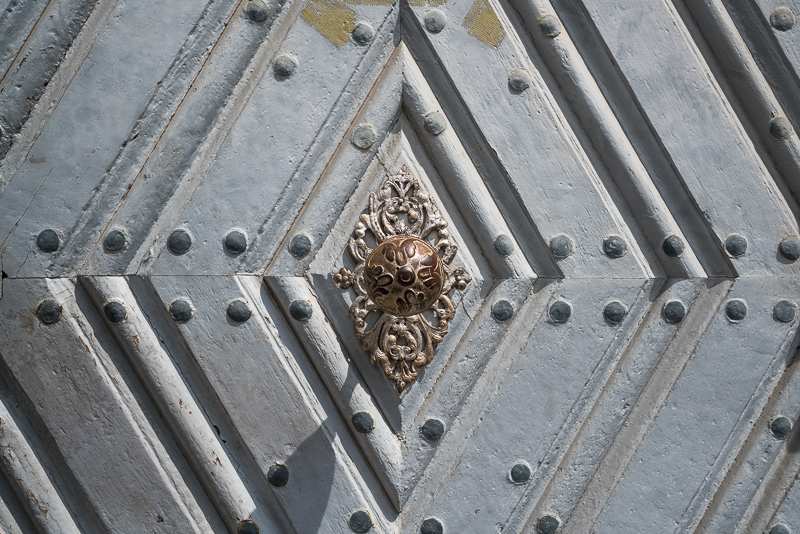
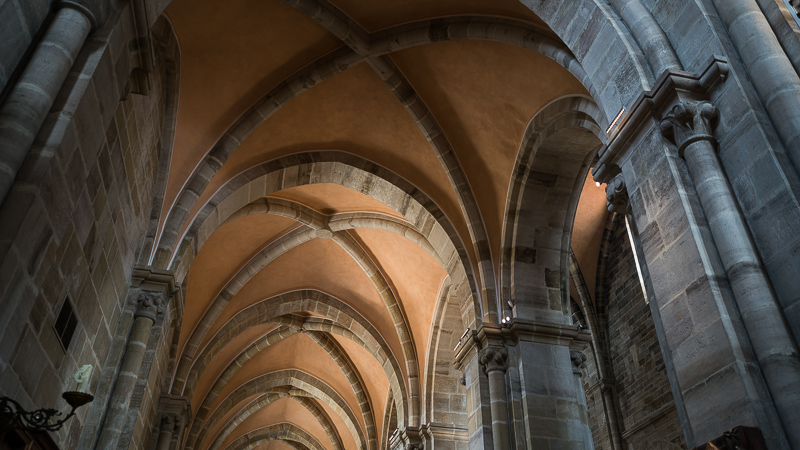
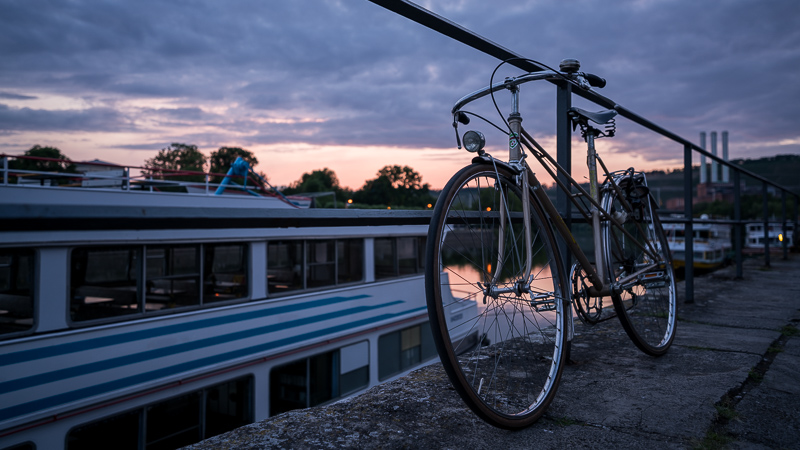
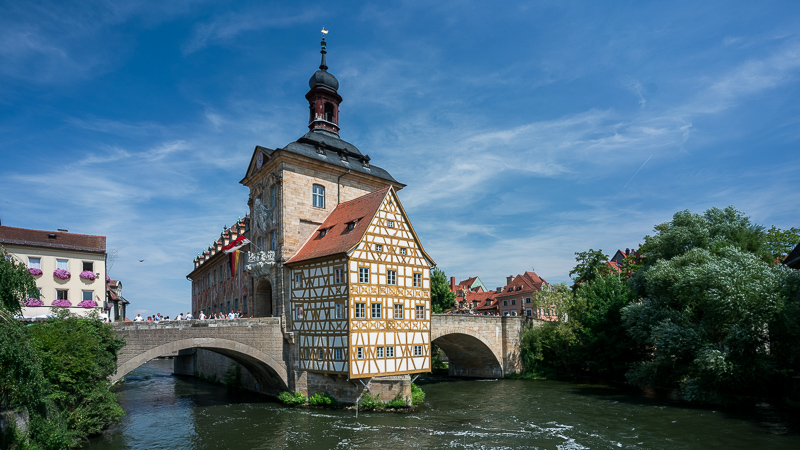
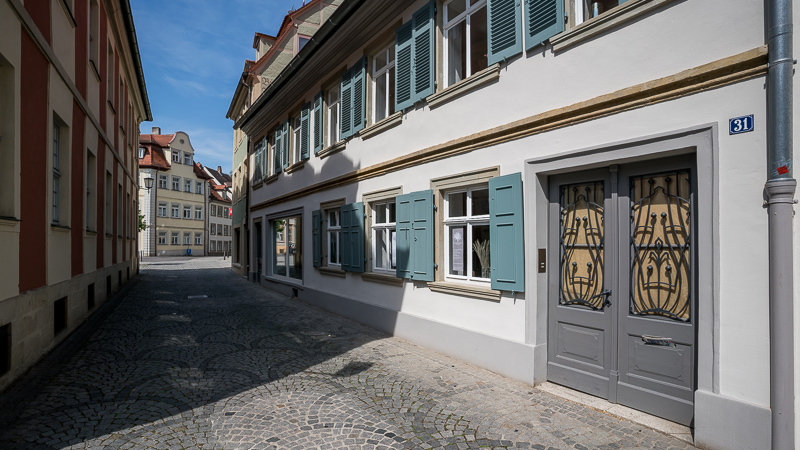
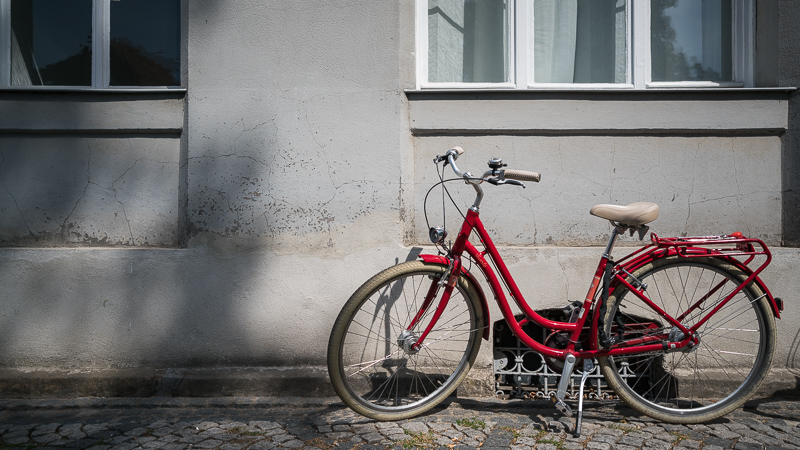
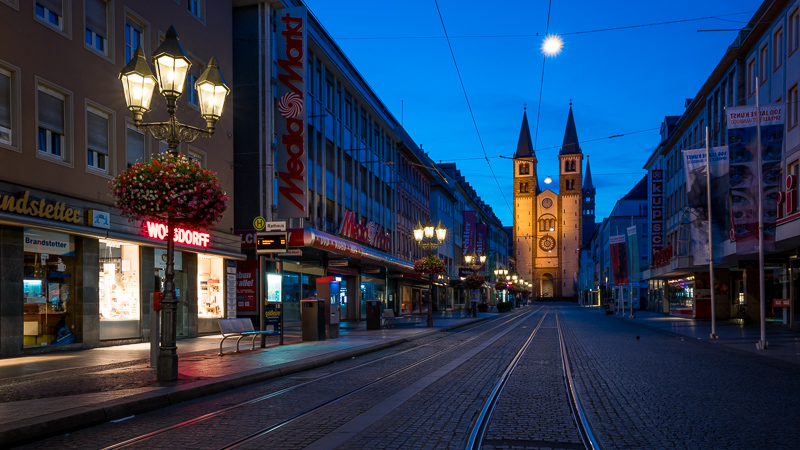

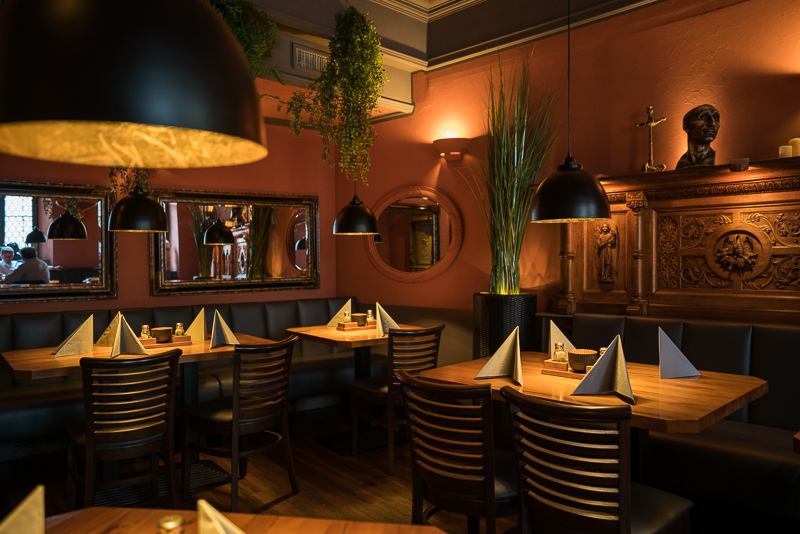
Most of the sample images in this review can be found in full resolution here.
Further Reading
- Guide to Ultra Wide Angle lenses for the A7 Series
- Review: Laowa 2/105 STF
- Review: Voigtlander 4.5/15 E
Did you find this article useful or just liked reading it? Treat us to a coffee!
![]()
![]()
![]() via Paypal
via Paypal
This site contains affiliate links. If you make a purchase using any of the links marked as affiliate links, I may receive a small commission at no additional cost to you. This helps support the creation of future content.
The Team
Latest posts by The Team (see all)
- Sony FE Lenses: The honest Guide for the A7/A9/A1 Series - March 18, 2025
- Guide to best Sony E-Mount 35mm Lenses for A7/A9/A1 series - March 8, 2025
- Guide to the best Portrait Lenses – Sony A7/A9/A1 series - February 22, 2025




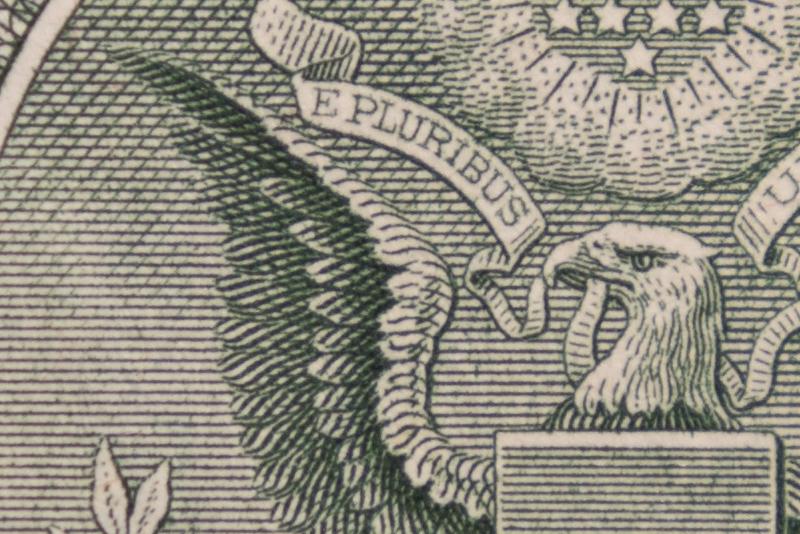
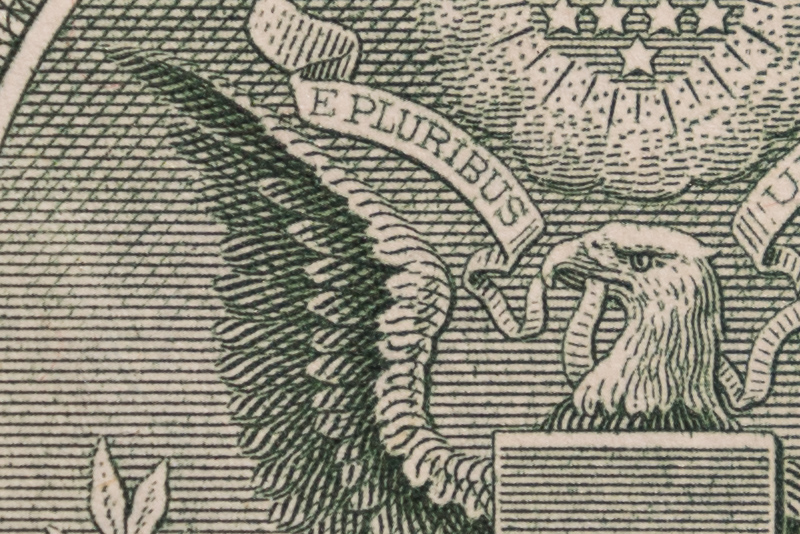


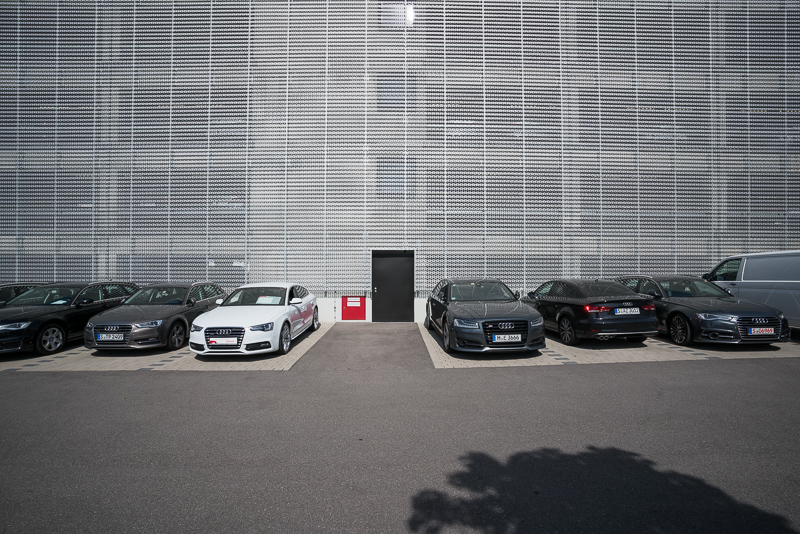
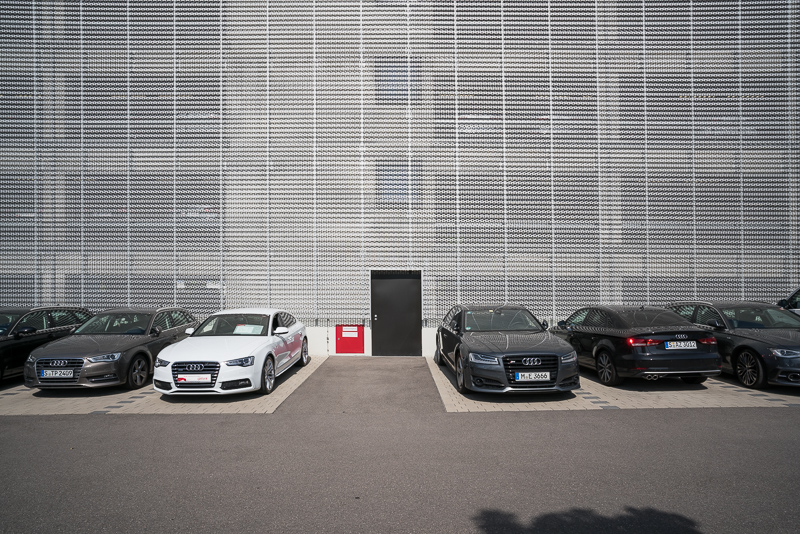
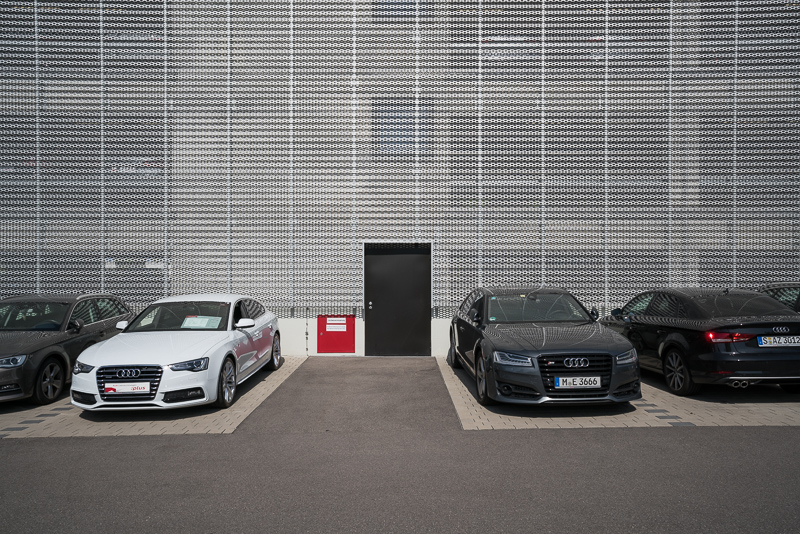
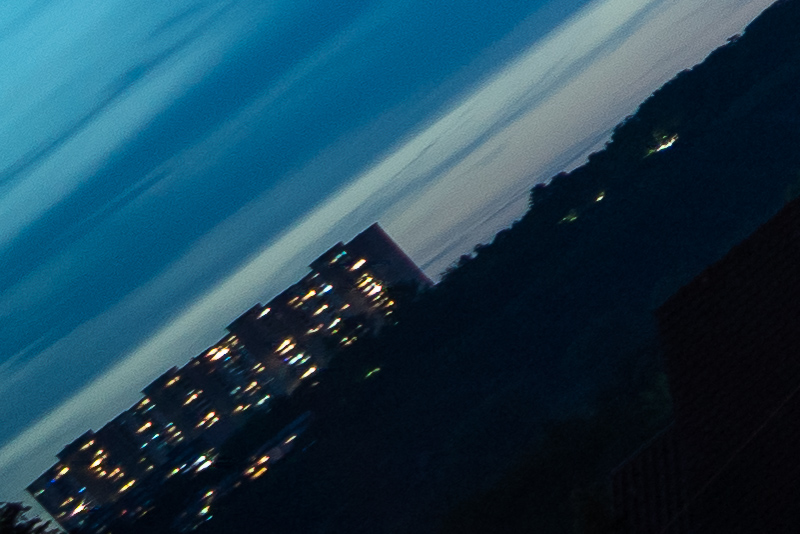
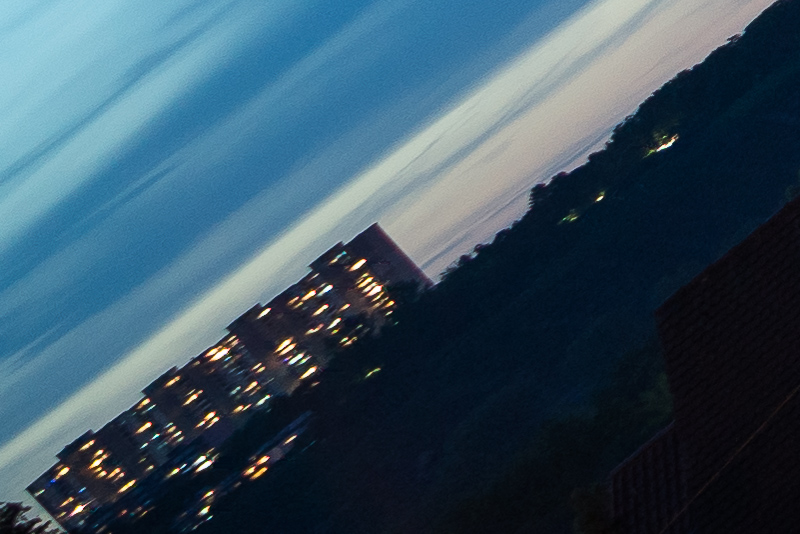
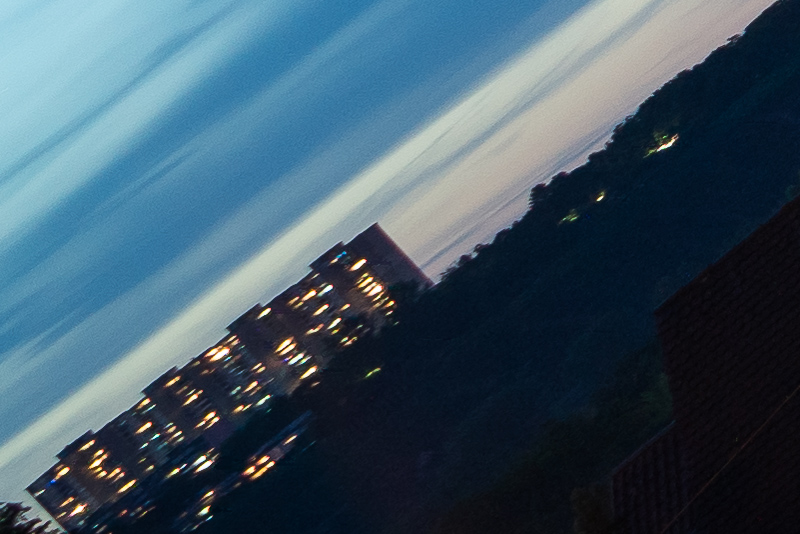
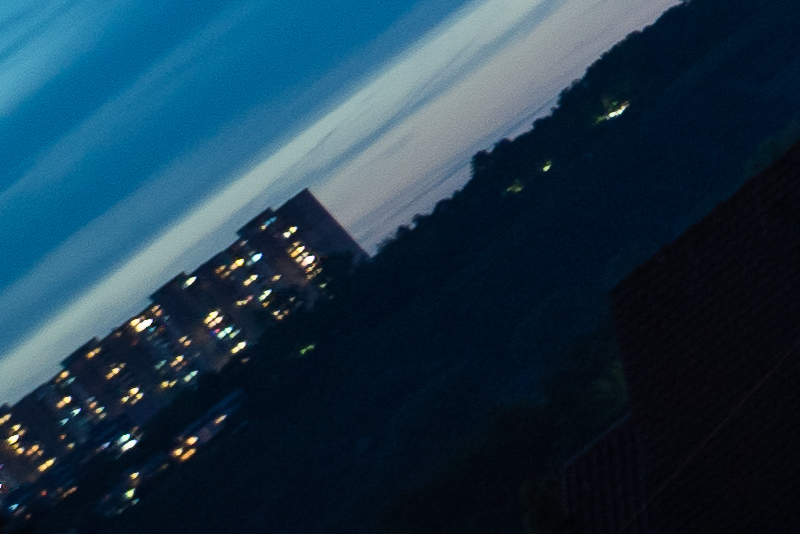

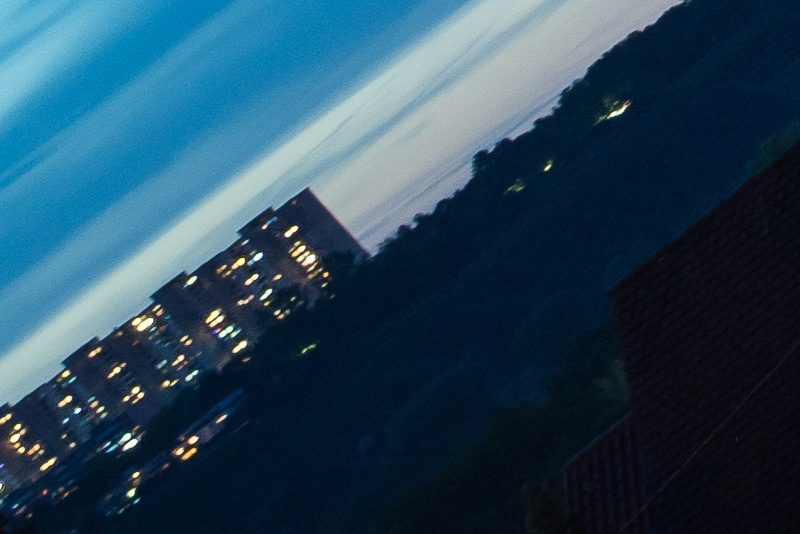
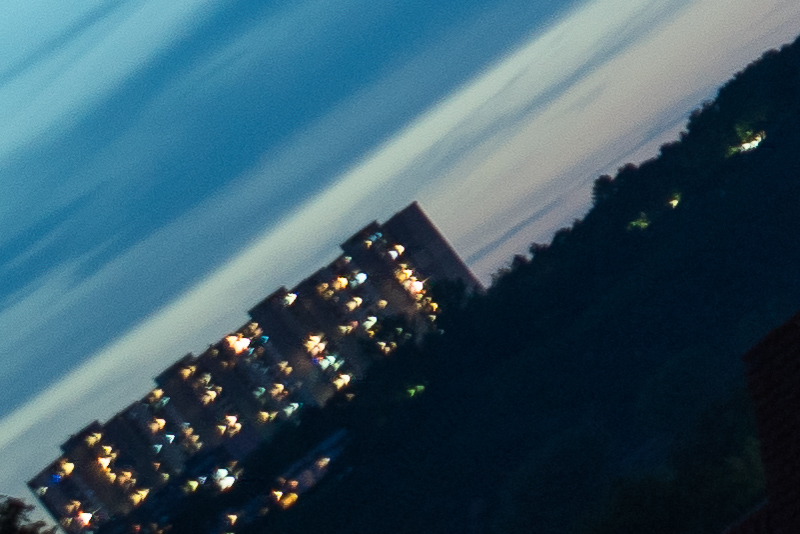
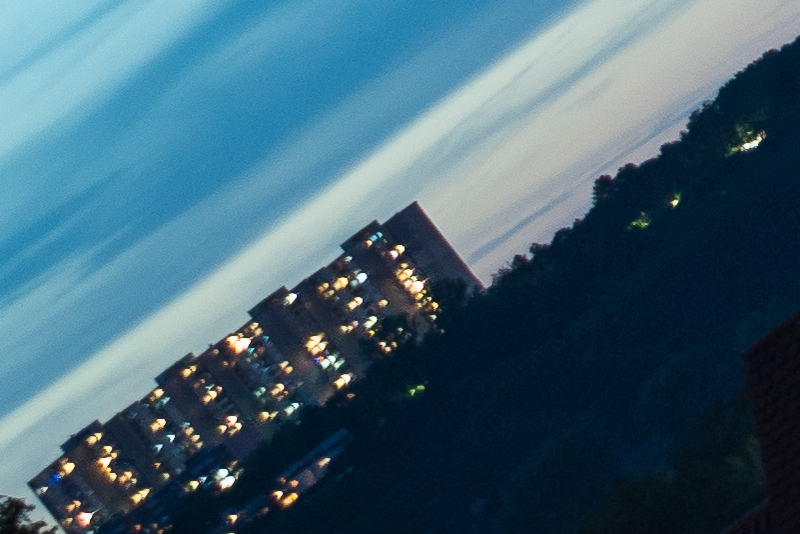
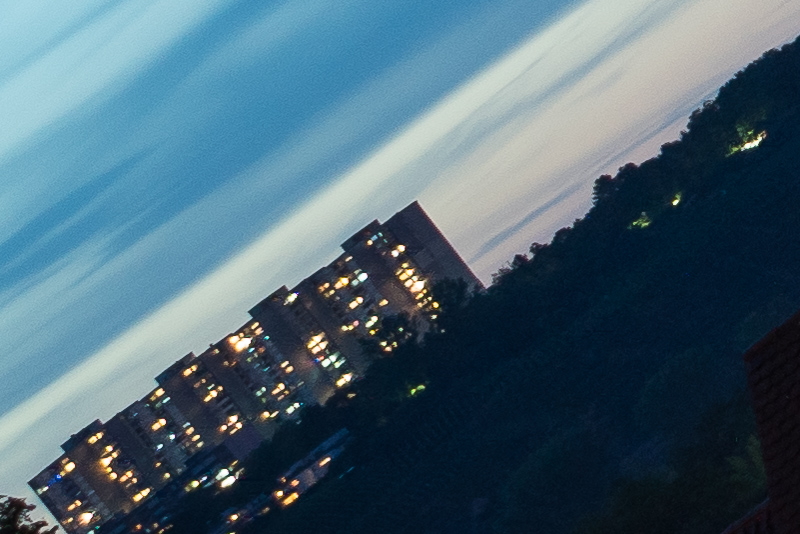
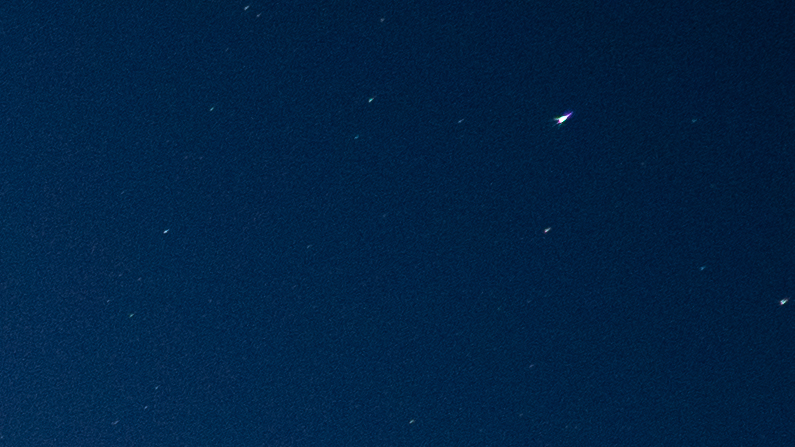



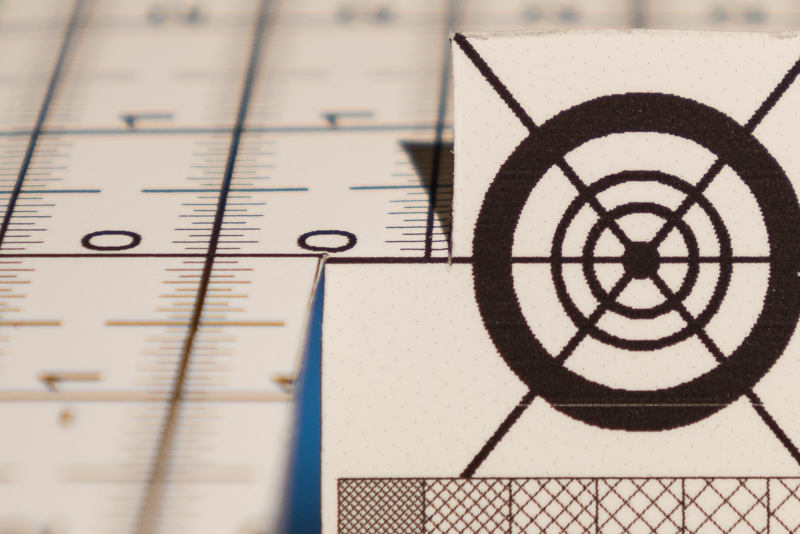
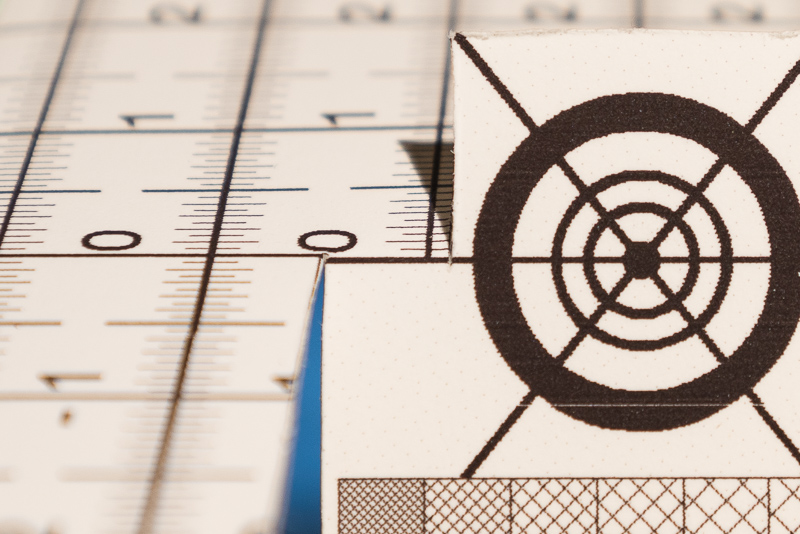


Thank you for the review!
However, the Loxia 21mm is (at 394 gr) lighter and not heavier than the Tamron 17-28mm, the latter having a weight of either 460 gr (as Tarmon claims) or 420 gr (as you claim in this review).
Without hood and caps 17-28 is 420g and Loxia 21 is 374g. Loxia feels much denser though. Fixed this in the review.
One thing I don’t like about this lens (except price). Is a nasty to me distortion at 17mm. I hope that jpegs are pretty well corrected.
This is so helpful. Thanks! Given how much UWAs struggle at the long end, it seems like Tamron has made a wise sacrifice in reducing the focal range to 28 as compared with 35, since few of these zooms do for you at 35 what you want them to do. I would like to get semi decent environmental portraits, though, so wonder how it stacks up against its big brother at 28, the 28-75. Flare resistance is impressive and a huge plus. It sounds like ergonomics haven’t improved much over the 28-75, which could be frustrating since MF is more needed at this focal range.
please compare it with 16-35gm,thx!
Send me a 16-35mm 2.8 GM or alternatively 2.700€ and I may do it 🙂
What about compare with 16-35mm F4 ZA? thanks~
That would be Very interesting IMHO!
Thank you very much for this review! It’s really well timed, as I’m standing in line for this lens. Planning to replace my UWA converter for FE28/2 (it appeared not useful for me due to added bulkiness, and also I constantly detach and attach it during the shooting, which is bothersome).
Unfortunately I cannot support your website via links, probably you have donate button somewhere?
Thank you so much for a nice review. I sold my Zeiss 16-35 / 4.0 to buy Sony FE 24mm / 1.4GM. I do not regret, 24 / 1.4 is a phenomenal lens that I use extremely much, so I do not want to change it. But I sometimes miss something extra wide, but I am unsure how wide I want. Tamron 17-28 / 2.8 deadlines due to weight, size and brightness. Your test strengthens this, the sharpness of 17mm and flare resistance looks very good and expects this to be better than Zeiss 16-35 / 4.0? The only weakness that I am unsure of is the sun stars. Other lenses I see are Voightlander 12 or 15mm and Laowa 12 or 15mm. Not simply this, could you just test side by side myself?
If you care about sunstars the only option right now are the Voigtlander lenses.
If you care about speed it is either Laowa or this 17-28mm.
As you already have the 24mm 1.4 I would rather get Voigtlander or Laowa 15mm, depending on your preferences.
Thank you so much for taking the time to answer me. I really appreciate it. Since I’ve only had Zeiss 16-35mm f4.0 and was happy with resolution and sharpness, especially at 16mm. How would you think Voightlander 15mm f4.5 or Laowa 15mm f4.0 would be compared to Zeiss 16-35mm f4.0 if we were talking sharpness and resolution at aperture like f8.0-f11?
At f/8.0 to f/11 in both cases the differences would hardly be field relevant.
Sample variation between two lenses of the same type can be bigger than the differences between two different lenses here.
If you want great sunstars in combination with very good flare resistance you can adapt a Canon 16-35 f4. I shoot a lot of retail interiors and have to combat flaring caused by spotlights. I used to shoot with a Canon 5dsr / 16-35 combo but gave that up for a Nikon D850 / Sigma 14-24 f2.8 combo to get better sensor dynamic range capability. However now I struggle to get a decent sun star and have to spend a lot of time onsite and in post to avoid flaring artifects. If I must choose I would opt for flare resistans over nice sunstars. The sweet spot regarding angle of view for this particular photography is around the 20 mm focal length. How is the corner sharpness for the Tamron 17-28 and this focal length?
21mm is covered in the review, 20mm won’t be that different.
It’s confusing how the reviewer says that it has great flare resistance and right after that in LoCA section posts a picture with some terrible veiling flare. I’m looking for a lens with the least amount of veiling flare (I currently own 16-35 ZA and not very happy with it) for my interior shoots, and it’s so hard to find a detailed reviews
Thanks again! I’ve been very much looking forward to this review, and I’m impressed how quickly you have gotten this much done! I am quite impressed with the coma and flare results (which make this more compelling to me as an combo option for landscape and astro when hiking/backpacking). Again, I think vignetting is the proper compromise to make for smaller size, though I wish the sunstars were more defined…it should be a priority for a wide angle lens!
If you have a chance to compared a 28mm shots cropped to 35mm FOV versus the 16-35mm F4, that would be very helpful. Thank you all again!
I see a huge drop in sharpness at center at f/8, due to diffraction. In your samples above even Loxia at f/8 shows a drop in sharpness but much less, I see this quite disappointing, though I am shooting with a 24mp camera now (so it would be sufficient to mask out some of this drop) I will company that with a high megapixel one, and for me this lens is out…
It looks pretty good though the bokeh is a bit spooky and the sunstars so-so (had a feeling they were an acquired taste*) )
The price is currently “Preis: 1.129,00 €” at amazon.de. That rhymes with the price in Sweden.
*Am going to swing a trio of Voigländers for some time(more than a little your fault) and see how that goes, minus one or two 500/4 P evenings.
Time to start realizing time is the missing ingredient rather than new lenses or a super expensive phone.
The time thing was aimed at me, that is.
Bamberg and Rothenburg, how lovely! Missing the semester I spent there 🙂
Some Würzburg shots, too. 🙂
Curious about the difference and trade off between this Tamron 17-28 and the popular UWA Batis 18.
Will add an “Alternatives” section soon and talk about how it compares to other lenses.
Comparison to the 24mm 1.4 would be nice
Thanks for the review. I received mine today and from the first view I think price-value is really great.
Where have you taken those picutes? 🙂
Rothenburg, Bamberg, Würzburg and Stuttgart
Brilliant review as always. Thank you 🙂
How is it compared to the 16-35 F4?
I have the Zeiss, but was considering trading it our for this. But I like the 35mm range for portraits, but also would like to have f2.8 for Astro.
Which of these lenses is better for you is a question no one will ever be able to answer for you, as those are different lenses with different strengths and weaknesses.
Only depends on your preferences which is the better lens.
PS: if you want both in one there is still the 16-35mm 2.8 GM.
I’d love the GM…but my wife would kill me for spending that much!
I sometimes use 16mm and i also use 35mm on that lens, because i don’t often have time to switch out lenses when shooting (with my wife and kids). However, the Tamron f2.8 sounds enticing for indoor shots and Astro. I guess it’s just a game of tradeoffs!
It always is 🙂
Interestingly I checked Dpreview’s sample images and there are a lot of LoCA at 17mm 2.8. Also the resolution at 17mm seems poorer… Could you be provided with a really good sample ? 😀
That sample shot I provided for loCA @ 28mm 2.8, I took the same shot with 17mm 2.8 and apart from the wider FoV it looks exactly the same. I can add it later.
Thanks again for another great review. Looks like a very good lens. The 17-35mm F2.8-4 OSD lens they recently released for DSLR’s also looks like a very nice lens for the price. It has a little better coma performance than this lens so should be a tad better for astro. Tamron is really killing it right now.
Sadly you didn’t cover the sharpness above F11. The 16-35 gm is a suberp lens, BUT it isn’t sharp above F13 and this is actually my biggest concern in my lens line-up and it is the most expensive lens I own. The sharpness is unusable on my a7iii. It is on the other hand the sharpest lens I own at F8.
All lenses have subpar sharpness due to diffraction past f/11, that is why I won’t bother to show crops of that.
Martin, you cannot get sharp image at extremely closed aperture – past F11. It’s physical limitation, not the lens’ fault. The sharpest available lenses are losing sharpness already at F5.6.
Интересно у какого объектива лучше 28мм: у 17-28мм или 28-75?
I wonder which lens is better at 28mm? Tamron 17-28mm or Tam 28-75mm?
Great and objektive Review of this really interessting lenses from Tamron, specially compared to the others. I‘m in that phase to buy a lense for wide. Currently I‘m on the Loxia 21mm mainly due to the build Quality (it seems to be build for infiniten) and the combination of weight and picture quality. I do think there‘s no netter lense to geht for the money than this.
But the ability to have a wider range (17-28) is an attractive brainer for the Tamron.
Your review make the decision not easier ?
By the way, I very appreciated your reviews of the ZEISS lenses – thanks for that helpful adds for decision process.
I will stick with my Loxia 21mm 2.8, if that helps 🙂
Thanks, I‘m just waiting for the OK from Minister of Finance ?
Awesome review as always!! Are you also planning to add any landscape astrophotography photos for this review?
Thank you!
It is unlikely that we will find the time to do that within the limited period of time we can spend with this lens.
Thanks for the review! In terms of bokeh, will that be possible to do a very short comparison between 17-28 24mm with 24GM at same aperture setting? Since described as nervous vs. smooth, It would be so interesting how much different it would be…Btw, I love your environmental portrait guide!
Ah that will be quite difficult, Phillip will have a look how it compares to the 16-35mm 4.0 now and neither of us has a 24mm 1.4 GM.
But seriously: huge, visible difference. In my opinion the Tamron zooms are the worst when it comes to bokeh, very disctracting.
i never owned an Wideangle-Zoom. So i wonder if 17-28mm would considerably limit my compositional freedom compared to 16-35mm.
Have any of you ever evaluated which focal lengths you use most with your Wideanglezoom?
Those wide angle zooms are usually (true for all I ever used) best performers at their wide end.
At the long end not only resolution and across frame sharpness are a problem, but bokeh in these lenses is rarely nice
(I have yet to test the Sony FE 16-35mm 2.8 GM in that regard).
So the truth is: none ever replaced another lens at the longer end for me.
Which ultimately means I am not using any wide angle zoom, but rather one or two primes in the 15-35mm range.
i’m all for pleasantly smooth bokeh, just like you, so i will probably never be happy with those new tamron zooms…
I have a feeling that with a 16-35/17-28 i’d shoot 1/4 of the shots at 16/17mm when it just “cant get wide enough” and 1/2 shots around 21mm (+/-2mm), the last 1/4 of shots at the long end, i’d probably feel comprimised because i’d rather use my faster/sharper prime for that.
Sigma with their latest Art primes (35mm 1.2, 45mm 2.8, 40mm 1.4, 28mm 1.4 and 105mm 1.4) seems to have changed its design criteria a bit more towards nicer bokeh rendering, which I most certainly welcome.
I think that Tamron’s new 35mm 1.4 is also slightly better in that regard, but primes generally fare more favourably than zooms here.
Both of the Tamron f/2.8 zoom lenses for E-mount have the most unpleasing bokeh to my eyes though.
In case of the 17-28mm 2.8 it didn’t bother me too much, in case of the 28-75mm 2.8 it definetly would.
seems true, i’m especially intrigued by the Sigma 45/2.8 with its nice bokeh rendering at mid-distance.
I really hope it shines/sells in the long term, so that Sigma can build more small lenses like it (e.g. 35/2.0, 85/2.8, 135/3.5)
My two cents regarding the “vs GM” comparison:
-Tamron has better flare control. For GM, if you put the sun in the center you will see a big ring which is annoying. Moving the sun to the border and the ring will eventually disappear.
-GM has better sunstar
-GM has some QC issue at 35mm. I bought two because the first one looks really nasty. The second one I would say is sharper than Tamron
-GM@16mm is extremely impressive especially at infinity and the corner. Certainly better than Tamron.
-Sony says the magnification of GM is 0.19x but my test shows that it reaches 0.24x at 35mm, which is quite handy.
BTW if you live in Munich I can certainly lend you my GM
Hello, do you think (for environmental portrait especially at 24mm) this tamron is ok over the samyang 24mm 2.8 af?
Both are not a great choice for that imho, but the Tamron is still better than the Samyang.
Thank you! I am thinking about getting this along with the 28-75 or just get the 24mm 1.4. The 24mm looks like such a good lens. Tough decision.
Buy the lens that is most useful for your needs, not the one that looks better on paper.
On flare resistance, it very much depends on the position of the sun. If the sun is low on the horizon or partially set, flare is a problem, a large problem. Yet, that is where landscape photographers generally shoot the sun, not high in the sky!
Like the 28-75, this lens lacks Tamron’s latest flare coating, eBand. Flare is definitely a weakness rather than a strength here.
Dear All,
I’ve just received mine and compared it to the Sony 16-35, f4.
In terms of sharpness, not easy to see differences in the center but Tamron is definitly better in the corners.
Given the different comments i’ve seen that GM is really better than the F4 in corner, it looks like to me the Tamron is closer to the GM (that was my suspicion and reason why i bought it).
Also, light weight is great. At the end of the day, we all came to mirroless because of lighter weight. Thanks Tamron for offering us the possibility of putting more in our bags without more weight!!!!! I can put now a prime or an old fun manual lens with my two Tamron zooms without having to carry too much! Hope i’ll not have to use the 5 years warranty! time will tell.
Zeiss should maybe update or refresh some of their products lines!
best
Are you certain that the Tamron 17-28 corners are sharper than the Sony 16-35 F4?
I own the Sony 16-35mm F4, and thinking of getting the Batis 18mm as replacement for UWA and lighten my gears, till I run into this review. The Sony latest 20mm F1.8 is a little too narrow for my personal preference.
But elsewhere people are saying the Tamron corners are not that sharp, even from this review the corners are at best OK, not even in the sharp range.
Your comment adds load to my current decision making.
Bastian, do you see new Sigma 14-24 f2.8 e mount?
I read some reviews about it, it should be great…
Looks like a good lens, but I doubt we will be reviewing a sample anytime soon.
Great,
I watched this clip from Christopher about this lens.
If you like take a look at it.
https://www.youtube.com/watch?v=7zXnYgreevs
To be honest I never watch youtube videos on lenses.
I think it is too bothersome to constantly stop the video to have a look at the pictures, deal with all the advertising, and I don’t think it is actually possible to judge the image quality of the a lens by watching those.
I agree,
But I like his short videos about lenses.
Waiting for your reviews.
Hi Team,
I’d like ask you if you could make a little mote publicity of an issue with this lens. I bought it almost after it was available and noticed an AF issue with it. It happens with newer bodies like A7iii and a6400. Basically the AF stops working and only re-powering the camera helps. It’s very annoying because otherwise the lens is a gem. I started a dpreview thread about it and also posted a YouTube video. There are lot of confirmation froom other users as well. I think it’a a FW bug. A german user even phoned up Tamron’s service center and they told no update was planned which is very sad. 🙂
Somehow we should make them aware that it’s not acceptable for a lens costs 1000EUR. I hope you can help!
Here are the links for the details:
https://www.dpreview.com/forums/thread/4434249
https://www.youtube.com/watch?v=k4j2D8jql3w
Thanks in advance for any kind of help!
Hi, team.
Thanks for great review and for the detailed analysis.
I need an opinion and an advice. I should buy my first wide angle lens and I’m very undecided betwen the Sony Vario Tessar 16-35 F4 and the new Tamron 17-28 f2,8. From the Sony side the more focal range is a plus, the 35mm is very usable in some circustances and for composition. But the other side the f2,8 aperture and flare control of Tamron s a plus. Which one would you recommend? Wha’s the opinion about the quality of extreme borders ? Are very soft the border of Sony or are acceptable.
Thanks for support.
Best regards
Depends a bit on your other lenses.
For me the long end of a wide angle zoom was never really satisfying.
There are many faster primes available in this focal length range that offer better quality and especially bokeh.
The lens i will choice would be the only one in my photographic equipment for the moment ! Probably in future I’ll evaluate to expande with a prime lens for more image quality. The bokeh currently isn’t my priority beacause i will use the lens for landscape.
In that case: if you also want to do astrophotography the 17-28mm, otherwise the 16-35mm.
HI there! I am trying to use this lens fro real estate photography. I see quite a bit of distortion and barrel effect on the walls. How is this compared to the alternatives in terms of distortion and would you personally say it distorts a lot or not? Unfortunately no lens profile correction for this lens in Lightroom yet….
All the wideangle zooms show a similar amount of distortion.
Pretty much all of them show barrel distortion at the wide end, pincuhsion distortion at the long end, and somewhere in between no distortion.
Some of the primes have next to no distortion though, e.g. Laowa 15mm 2.0 or some of the Voigtlander wide angle lenses.
Why is it that none of you on the blog seem to be interested in the Sony FE 12-24G? That lens is 117×87 and 565g vs the Tamron at 99×73 and 420g. So the difference (apart from price) is not that significant. While the FE 16-35ZA seems to be the least attractive at the moment…
Wide angle zoom with bad flare resistance? Count me out.
I’m pretty sure I just saw a profile for this in LightRoom (for RAW)… can anyone follow-up on how it looks now?
Is it possible to mount ND and Pol filters together without having black edges like 24-105? Does auto correction help in this? Talking about regular 67mm filters.
Flare control and vignette is my primary concern followed by sharpness, just to make life easier 🙂
Do you know of a wide which is strong in these things?
I didn’t try this and the only way to know for sure is trying 😊